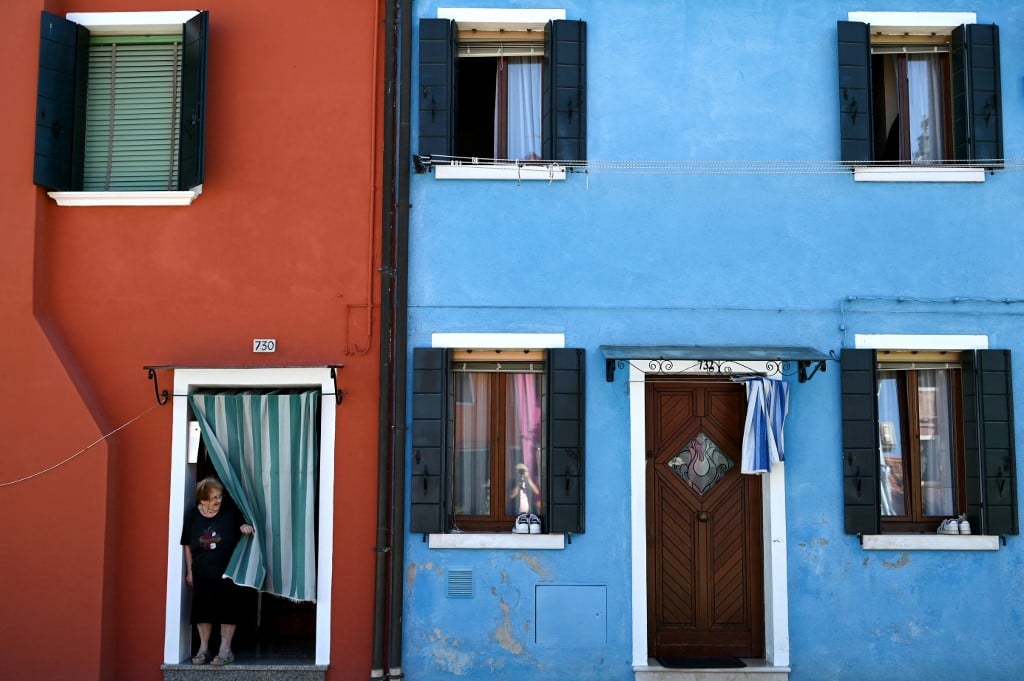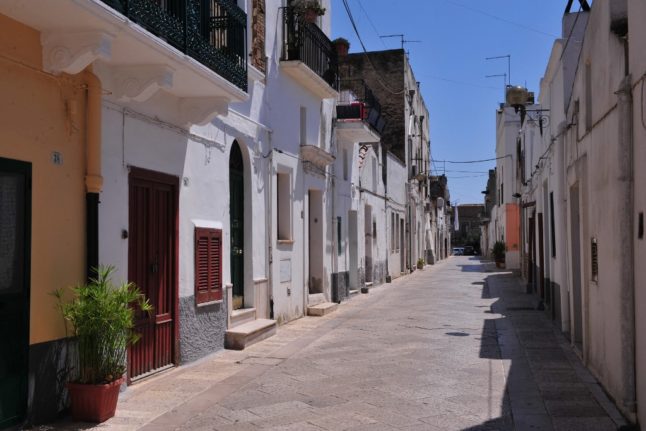The death of a loved one is a time of grief and remembrance for family members. But it’s also when bureaucratic matters regarding the deceased’s estate must be addressed.
Though rates are largely more favourable than in other European countries (taxation ranges from 4 to 8 percent), Italy does have an inheritance tax, or imposta di successione, which applies to the deceased’s assets, both movable (bank accounts, funds, stocks, goods, etc.) and immovable (e.g., property and land).
In some countries taxes are subtracted from the estate before it is distributed to the heirs, but in Italy the responsibility to pay taxes on the inherited estate falls on the recipients.
And figuring out whether or not Italian inheritance tax applies to a foreign national’s estate and, if so, in what measure, can be challenging.
Scenario A: I’ve received an inheritance from someone that was living in Italy
The first thing to verify in this case is whether or not the deceased was an Italian tax resident.
Under Italian law, you’re considered a tax resident in Italy if, for at least 183 days a year, you:
- Are registered with Italy’s national population registry office (known as Anagrafe) or
- Have your place of residence or habitual residence in Italy
READ ALSO: Five essential things to know about filling out your Italian tax return
If the deceased was a tax resident in Italy, then the Italian inheritance tax applies to their worldwide assets, that is any assets located in Italy plus assets located anywhere else in the world.

Scenario B: I’ve received an inheritance from someone that wasn’t an Italian tax resident but had assets in the country
If the deceased had assets in Italy but was a tax resident of a country other than Italy, then the Italian inheritance tax only applies to the assets located in Italy.
However, assets located elsewhere will likely be subject to the inheritance taxes of whichever country they’re in.
Scenario C: I’m an Italian tax resident and have received an inheritance from someone that lived outside of Italy and had no assets there
Under Italian law, the residency status of the heirs has no bearing on whether or not a deceased’s estate will be subject to Italy’s inheritance tax.
Effectively, the Italian imposta di successione only applies to the estates of people who were Italian tax residents or had assets in Italy.
Double taxation
In cases where the deceased owned assets in multiple countries, including Italy, the same assets may sometimes be liable for double taxation.
READ ALSO: Reader question: Do US nationals in Italy have to pay taxes twice?
To avoid double taxation, Italian inheritance law states that taxes that have already been paid to a foreign state can be deducted from the amount that must be paid in Italy as long as they relate to the same assets.
Additionally, Italy has over the years signed bilateral agreements aimed at eliminating double inheritance taxation with a number of countries, including the United Kingdom, the United States of America, and France.

How much will I have to pay?
Barring some exceptions, under Italian law heirs have 12 months from the death of the deceased party, to submit a Succession Declaration (or Dichiarazione di Successione) including their own personal information and details about the deceased’s assets with Italy’s Revenue Agency.
Based on this declaration, Italian authorities will then calculate the taxes due on the estate.
READ ALSO: What is an Italian commercialista and do you really need one?
Italian law provides different tax rates based on who’s receiving the inheritance – and there are some cases in which no tax is due at all:
- If the heirs are the spouse, children, or other relatives in a direct line (father, mother, grandchildren), each recipient enjoys a one-million-euro allowance under which no tax is due; a 4-percent tax is due on the part exceeding one million.
- If the heirs are brothers or sisters, each recipient has a 100,000-euro allowance under which no tax is due; a 6-percent tax is due on the part exceeding 100,000 euros.
- If the heirs are relatives up to the fourth degree of kinship, the inheritance received is taxed at 6 percent and there is no tax allowance.
- For all other heirs, the inheritance received is taxed at 8 percent and there is no tax allowance.
Inheritance tax must be paid within 60 days of the date on which the tax assessment is served but payment in instalments can be arranged if the amount exceeds 1,000 euros. Payment may be made at a bank, post office or Revenue Agency office using form F24.
Other taxes
On top of the above-mentioned inheritance tax, the beneficiaries of real estate located in Italy are required to pay two imposte indirette (or indirect taxes): a tassa ipotecaria (mortgage tax) and a tassa catastale (cadastral tax) amounting to 2 percent and 1 percent respectively of the cadastral value of the inherited property.
This means that a total 3-percent tax burden applies to inherited real estate.
That said, the cadastral value of a property is generally much lower than its real market value.



 Please whitelist us to continue reading.
Please whitelist us to continue reading.
Member comments